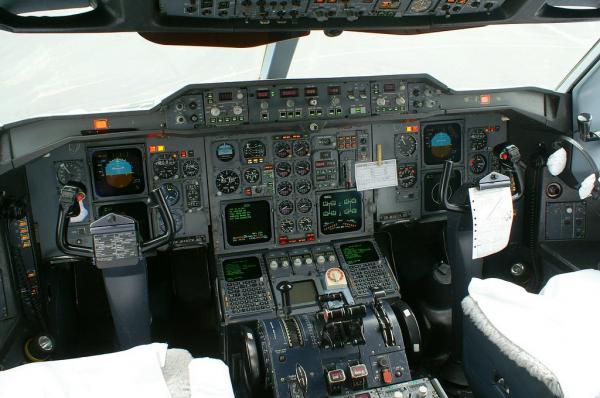I recall an Air Crash Investigation episode
Aeroflot flight 593 Moscow–Hong Kong, Airbus A310-300, Russia, 23 March 1994
where the pilot pretended to allow his son to manipulate the controls of an airliner,
The pilot actually allowed his son to manipulate the flight controls. The A310 has a conventional yoke.
The autopilot was engaged at the time, so small movements of the flight controls had no effect. The pilot pretended to his son that he was in full control.
Large, forceful movements contradicting the autopilot caused the autopilot to relinquish control to the pilot (the autopilot assumes the pilot knows best) - in this case, control over ailerons (but not over pitch, airspeed, altitude, throttles etc).
Pilots are not dropped into new aircraft without training to understand how use of the controls affect the autopilot. The pilot's actions were reckless and he failed to monitor the childs actions and their effects.

A310 cockpit - Image source
without realising the autopilot had been disconnected
The appropriate indicator light illuminated to show that there was manual control over ailerons but it seems the pilot was too busy entertaining his child to pay proper attention to flying the aircraft.
The "cavalry charge" audio alert only occurs when the autopilot is fully disengaged.
lights on the instrument panel show what aspects of flight the autopilot is controlling.
It was actually the child who first noticed that the aircraft was banking!
resulting in an accident.
In combination with inappropriate actions by panicing pilots.
Despite the struggles of both pilots to save the aircraft, it was later concluded that if they had just let go of the control column, the autopilot would have automatically taken action to prevent stalling, thus avoiding the accident.[11]
(Wikipedia)
I'm wondering how commonplace this is?
It seems to be very uncommon for children and/or other passengers to enter the cockpit midflight and cause a crash.
Is this an isolated incident?
No. See dawg's answer. It may be the only case on an Airbus.

